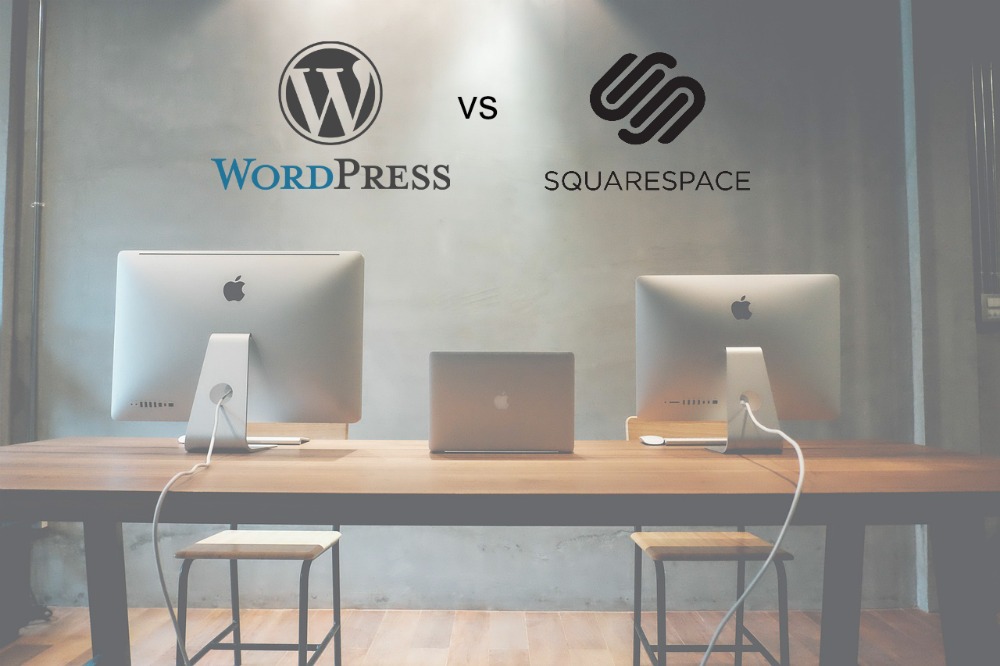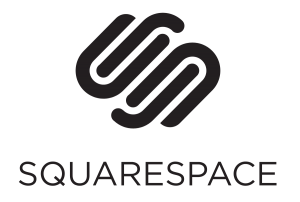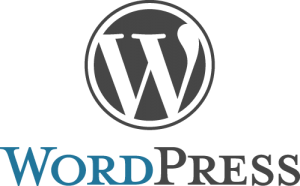Squarespace vs WordPress: What’s Right For You?
 With 29 percent of websites on the Internet powered by WordPress, it is by far the most popular content management system in the world. But, it’s not the only choice out there. In recent years, the Squarespace site builder has gained traction, especially among those who are new to running a website, or who are lacking in HTML skills.
With 29 percent of websites on the Internet powered by WordPress, it is by far the most popular content management system in the world. But, it’s not the only choice out there. In recent years, the Squarespace site builder has gained traction, especially among those who are new to running a website, or who are lacking in HTML skills.
But really. Which one is best for you?
Here’s a brief overview of Squarespace and WordPress, featuring what we feel are the pros and cons of each platform along with cost. As you’ll see neither is perfect, but understanding their own strengths and weaknesses will help you make an informed decision.
 Squarespace
Squarespace
Launched in 2004, Squarespace is a full-service platform, offering hosting, blogging and ecommerce features along with domain registration. It does not have the vast array of options available with WordPress, but it does provide a simple starting point for beginners.
Cost
This is often a large consideration when choosing to build a website. Squarespace charges a flat fee of $12 for a personal site, or $18 for a business site with ecommerce features, each month even if the account does not use all of its resources.
Here’s what we like:
- Drag-and-drop visual editor to easily add written content along with photos, audio and video.
- Template customization.
- Integration with social media for easy sharing.
- Freedom from security issues and updates.
- Affordable pricing.
Here’s what we don’t like:
- It’s not open source, so the templates and tools are limited.
- There is no real-time “live” editing, so you can’t see what your website will actually look like until it’s published.
- The style editor can be overwhelming. While it’s packed full of tools, sliders, widgets, and fonts — the weather of options can be a bit excessive.
- There’s no PayPal integration, which can be limiting for e-commerce sites.
 WordPress
WordPress
Self-hosted WordPress is an excellent choice for building a web presence. It can be used as a standard website or a blog and has 33,000 plugins and 2,700 free themes to expand its functionality and make it unique. Those who are just starting out will encounter more of a learning curve than with Squarespace, such as knowing the difference between pages and posts, tags and categories and plugins and themes.
Cost
WordPress, which can be downloaded for free at wordpress.org, can be built on an affordable shared hosting server and moved later, if necessary. The user will not have to pay for any resources that are not being utilized. This makes economic sense over the long term.
Here’s what we like:
- A robust editor that makes adding media very simple and fast.
- Excellent search engine optimization (SEO) out of the box.
- Complete control over how the site looks and functions.
- Support for e-commerce.
- Complete ownership of content.
- Host anywhere for as little as $5 per month.
Here’s what we don’t like:
- The platform tends to be unsecure, making it a target for security hacks and malicious activity.
- Confusion over “discussion” versus “comments.”
- You may need to write a lot of complicated technical code while creating custom post types, taxonomies, etc.
 Conclusion
Conclusion
Squarespace is very simple to use from the start, which gives it a slight edge over WordPress. It does lack the extended flexibility and customization that makes WordPress the worldwide CMS leader.
While WordPress is initially more challenging to use, most people adapt to it very quickly. The platform can also scale along with the user’s needs. This gives it a distinct advantage over Squarespace, where it is difficult to migrate away from the service if the user outgrows it.
In the end, Squarespace is an elegant solution for small, stable websites while WordPress is a powerhouse for sites that will grow and change. It provides flexibility, SEO and extended functionality to be anything the user wants or needs while remaining affordable and generally easy to use.


